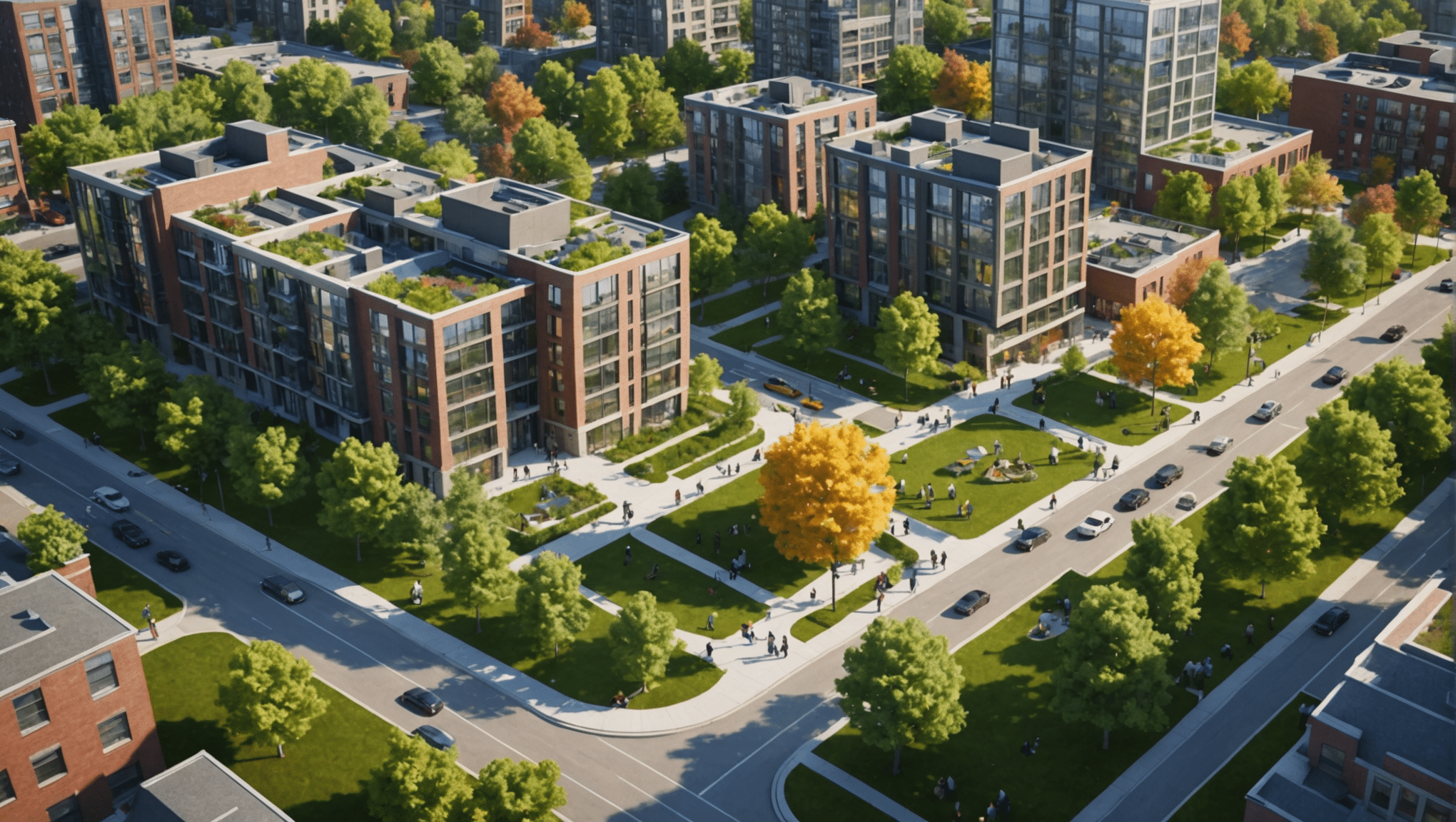|
IN BRIEF
|
In the dynamic region of Greater Toronto, the quest for affordable housing is a real obstacle course. The challenges are numerous, and structural obstacles further complicate this reality. As the French-speaking population expresses increasingly pressing needs, it is crucial to explore innovative solutions and initiatives that can help overcome these difficulties. What levers can be activated to guarantee access to housing for all?
The housing crisis in the Greater Toronto Area has become a hot topic. The challenges related to access to affordable housing are considerable, especially for the French-speaking population. In this quest for solutions, it is essential to address the structural obstacles that block expanded access to quality housing. This article explores the key challenges and ongoing initiatives aimed at improving the housing situation in this dynamic region of Canada.
NIMBYism: a barrier to innovation
THE NIMBYism, this tendency of individuals to oppose the construction of new housing in their neighborhood, remains one of the major obstacles to solving housing problems in the region. This attitude, while understandable to some extent, may slow down the development needed to meet growing demand. However, the construction of new housing is essential to meet the needs of a rapidly increasing population.
Reduce the cost of construction
Another crucial challenge is reducing the cost of building new housing. Currently, Canada is facing a housing shortage, and to significantly increase it, we must explore innovative construction methods as well as review the regulations in place. Collaboration between government and private companies could be key to developing more efficient and less expensive construction models, as the report on the great reconstruction.
Community groups to the rescue
Toronto community groups play a vital role in the fight for equal access to housing. These organizations are often at the forefront of demands for immediate action to prevent the housing crisis from getting worse. Their objective is to make the voices of those most affected by inaccessible housing heard, by putting this essential issue at the forefront of the political scene.
Measures for vulnerable populations
Immigrants and low-income people often bear the brunt of the housing crisis. L’affordability is a key issue, and studies show that these populations are more often faced with precarious crowded conditions. The Center francophone du Grand Toronto, for example, is committed to fighting for policies that promote access to housing for all, focusing on the challenges faced by Francophones in this region.
Solutions in action
Faced with these challenges, several solutions have been considered. THE Housing supply challenge invites citizens and experts to propose innovative ideas to eliminate barriers to access to housing. Likewise, the Access North cycle aims to find solutions to reduce the costs and risks associated with the construction of new housing, which could represent a turning point for the region.
Conclusion: a collective effort necessary
The GTA housing crisis requires a collective effort. By fighting the NIMBYism, by reducing the cost of construction, and mobilizing communities around inclusive solutions, it is possible to transform this reality. Initiatives like the Housing Supply Challenge are promising, but their success will depend on the commitment of all actors in society, from public administrations to citizens. Together, let’s open the door to a future where every resident will have access to dignified and affordable housing.
Comparing solutions to overcome housing challenges in the Greater Toronto Area
| Obstacles | Proposed solutions |
| High cost of construction | Government subsidies to reduce expenses |
| NIMBYism | Information campaigns to raise citizen awareness |
| Land shortage | Use of vacant or underutilized land |
| Difficult access for immigrants | Reception and integration support programs |
| Complex regulations | Simplifying approval processes |
| Search for financing | Support networks between investors and promoters |
| Unaffordable prices | Development of social and affordable housing |
| Impact of the pandemic | Recovery strategies for the housing market |
Main Challenges
- NIMBYism : Opposition to local construction.
- Construction costs : Rise in material prices.
- Accessibility : Difficulty of access for immigrants.
- Crowding : Overpopulation in certain areas.
- Housing shortage : High demand, low supply.
Proposed Solutions
- Construction promotion : Incentives to build more housing.
- Cost reduction : Subsidies for materials and labor.
- Community Programs : Support for newcomers.
- Urban planning strategies : Sustainable and inclusive development.
- Political reforms : Regulatory changes to facilitate projects.





Leave a Reply